A WRITER'S WIT |
MY Book World
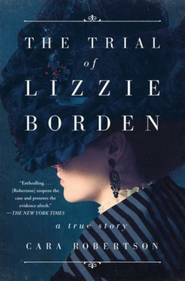
If most readers are like me, what they know about one historical figure, Lizzie Borden, can be summed up in the following ditty:
Lizzie Borden took an ax,
Gave her mother forty whacks,
When she saw what she had done,
She gave her father forty-one.
After reading Robertson’s book, I see that there is so much wrong with this rhyming escapade. One, if Lizzie Borden did kill her stepmother and father, Borden was never proven guilty. The actual perpetrator whacked Mrs. Borden only nineteen times. And certainly Mr. Borden did not receive forty-one chops. I had always assumed that Lizzie Borden was convicted and had served time in prison. But no.
This book takes readers through the entire trial process beginning with a detailed description of the murder scene. Briefly, someone axes Mrs. Borden and then an hour and a half later, when Mr. Borden has returned to the house, someone axes him downstairs as he’s napping on a sofa. The police investigators, lacking obvious clues, begin to suspect Lizzie, who remains almost preternaturally calm throughout the initial investigation, neither crying nor showing any sign of agitation, as Robertson writes (33). Andrew Jennings, Lizzie’s counsel, addresses the jury: “’your task is not to unravel the mystery.’ Instead, he said they must ask themselves: ‘Have they [the prosecution] furnished the proof, the proof that the law requires, that Lizzie Andrew Borden did it, and that there is absolutely no opportunity for anybody else?” (208). And throughout the past one hundred years there has existed such a great desire, on the part of some, to solve the mystery.
Near the end, Robertson summarizes these various interpretations that begin in the 1950s. For example, there is “the widely held speculation, which gained currency in the early 1990s, that Lizzie Borden committed the murders after enduring years of sexual abuse by her father [she was thirty-two]. The bedrooms that opened onto each other, the dead mother, the powerless stepmother, the special understanding between father and daughter symbolized by the ‘thin gold band’—all crystalized into a suddenly obvious solution, a solution that seemed to explain not only the identity of the killer but also the very brutality of the crimes” (284).
In any case, Robertson’s thorough research (some eighty pages of Notes) and lightly treading interpretation make for a fascinating read, particularly if you are a true crime fan, as I am. The book abounds with photographs, as well, mostly provided by the Fall River, Massachusetts, Historical Society.
NEXT FRIDAY: My Book World | Khaled Hosseini's A Thousand Splendid Suns


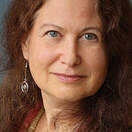
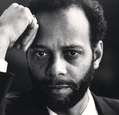



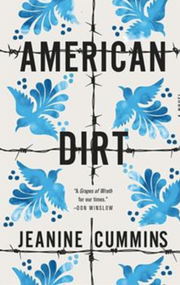

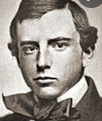



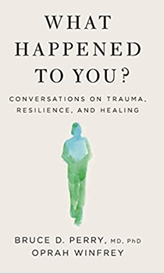
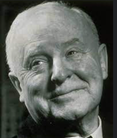





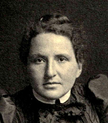
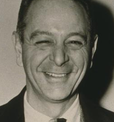
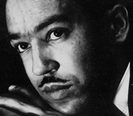

 RSS Feed
RSS Feed